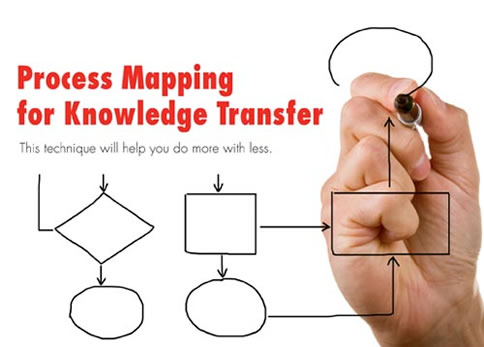
The challenge to increase productivity with fewer resources has lead to dozens of methodologies and toolkits to help organizations meet their objectives and become more profitable and effective.
One principle consistent with all those methodologies, and that makes enormous practical sense, is to leverage what you already know. This means harnessing the single greatest resource in any organization--the knowledge of its own people.
Many organizations have undertaken efforts to better manage knowledge resources. A landmark survey conducted by APQC in 1996 underscored the driving desire for structured knowledge management. Systematic best-practice transfer was the one strategy that all survey respondents pursued with their value-through-knowledge programs. These organizations wanted to answer the question, “How do we leverage the things that we already know and turn them into value?” Unfortunately, in many organizations, knowledge management and continuous improvement are still completely separate functions with little interaction and even less collaboration. Process mapping for knowledge transfer is a practical first step in demonstrating the fusion of continuous improvement tools with traditional knowledge management.
…
Comments
Add new comment